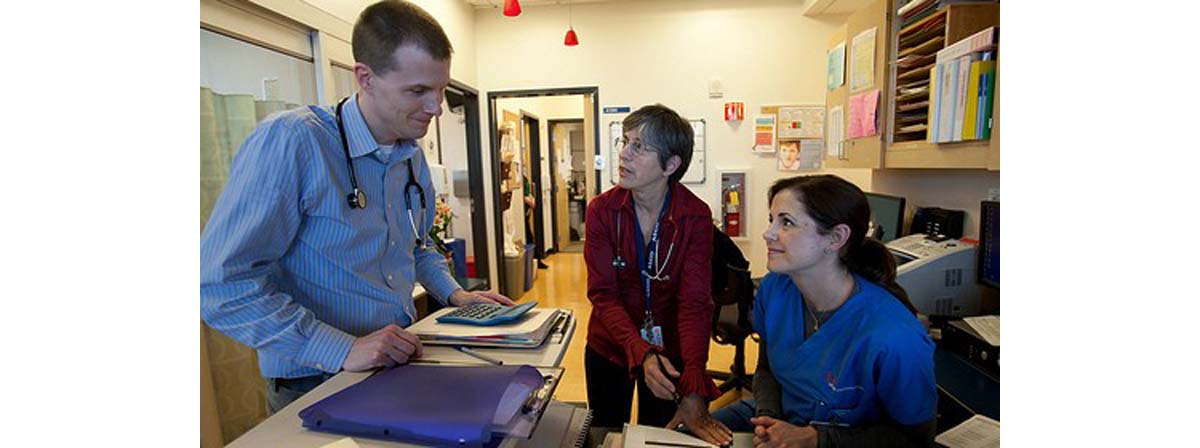Table of Contents
With such a large number of genes that can increase the chances of developing various malignancies, correct identification of individuals at risk is not an easy task. Separate testing for the presence of each and every potential genetic marker of cancer is difficult, impractical, time-consuming and expensive. Novel approach involves the use of panels of genetic markers and performing the whole analysis in one experiment. These multi-gene platforms give the full picture of genetic situation in each particular case. Having full information allow the precise calculation of risk and facilitate the decision-making regarding the monitoring or preventive treatment of patients.

Multi-gene panel of tests screening for 46 cancer related genes is now in use in Oxford hospitals in the UK. The system was introduced this year as a pilot project and will be extended to other part of British National Health Service later this year. Individual test costs 300 British pounds (approximately US$ 450) but the test can save much more by putting the patients on the right treatment straightaway. New test panel that will analyze 150 genes is currently under development.
The best technique that can help in predicting the cancer risk is the full sequencing of patient’s genome. Not so long ago this task looked practically impossible and prohibitively expensive. But in the last few years, with the fast progress in genome sequencing, full sequencing increasingly looks like the viable and economically sound approach. The cost of full individual genome sequencing, with analysis and interpretation, is now estimated at approximately US$ 5,000. Some vendors offer it as cheap as $1,000. This is comparable with the cost of colonoscopy.
Full knowledge of genome for each patient can help in predicting the risk of other, not cancer related diseases and conditions and help in choosing the best therapeutics for each patient.
What can be done for those with identified risk of cancer?
The knowledge of detailed individual information can help to predict the risk of cancer fairly accurately. What can be done to prevent cancer in individuals at higher risk? Better and regular targeted monitoring is one of the options. Early diagnostic techniques are improving fast these days and can help to find cancer at very early stages when it is curable. Early detection helps to choose the best treatment methods. When cancer is detected early, surgical removal can be done easily and the use of health damaging techniques such as radiation and chemotherapy can be avoided.
In some cases such as breast cancers with very high genetic predisposition, preventive measures can be taken. Some women with these unfortunate genetic anomalies opt for prophylactic bilateral mastectomy (surgical removal of both breasts) which reduces the risk of disease by 90%. Pharmaceutical prevention can be also used. For instance, tamoxifen, a relatively safe drug against breast cancer can be taken by high risk patients as a preventive measure. Taking tamoxifen for several years decreases the risk of breast cancer almost twice.
- Couch FJ, Wang X, McGuffog L, Lee A, Olswold C, et al. (2013) Genome-Wide Association Study in BRCA1 Mutation Carriers Identifies Novel Loci Associated with Breast and Ovarian Cancer Risk. PLoS Genet 9(3): e1003212
- Timothy R. Rebbeck, Tara Friebel, Henry T. Lynch et al. (2004) Bilateral Prophylactic Mastectomy Reduces Breast Cancer Risk in BRCA1 and BRCA2 Mutation Carriers: The PROSE Study Group. Journal of Clinical Oncology 22, 1055-1062
- Photo courtesy of Kidney Cares Community by Picasa : lh4.googleusercontent.com/-xAFPCDu53cg/Ub__kZU36ZI/AAAAAAAAQeY/WfYnvb2YTSI/s620/121231061816-elderly-patient-doctor-monster.jpg
- Photo courtesy of CTSI at UCSF by Flickr : www.flickr.com/photos/ctsiatucsf/6996904744/


Your thoughts on this